Use QR codes in heathcare for the following
- Access patient and staff forms
- Identify patients
- Provide instructions for using medical equipment
- Share healthcare information
- Promote drug safety
- Maintain authenticity
- Share procedure information
- Healthcare marketing
- Improve security
- Collect feedback and reviews
- Schedule appointments
- Provide access to medical records and test results
Over the last few years, QR code usage has exploded. They’re everywhere, from restaurants to stores to doctor’s offices and beyond. In fact, 59 percent of people surveyed in the United States say that QR codes are here to stay and that they’ll regularly use them in the years to come.
What makes the QR code so appealing, particularly in the healthcare industry? One of the reasons is that it provides easy access to information — and some of that information, from a healthcare perspective, could be lifesaving.
There are many other advantages to this technology. We’ll discuss them in this article and show you some of the different ways to use a QR code in healthcare. And if you’re ready to start generating QR codes for your own facility, we’ll show you how to create them quickly and easily with Jotform.
Create QR Codes in Minutes
What is a QR code in healthcare?
QR codes are two-dimensional barcodes that users scan with smartphones or other devices to quickly access stored information. In healthcare, they make important data more accessible to reduce paperwork and boost efficiency.
The benefits of using QR codes in healthcare
QR codes in healthcare have introduced new, more efficient methods of patient care. Your organization can realize several benefits from using them to improve operations and patient experiences.
1. Quick access to digital information
The healthcare sector handles huge amounts of data that matter to patients, caregivers, administrators, and other stakeholders. Finding, gathering, and sharing all that information takes many hours.
QR codes simplify access. Patients and staff only need to scan the codes, and they’re taken directly to the information they need to see. Such efficiency saves time, which can be critical in urgent healthcare situations.
2. Ease of use
As an organization, you can automate QR code creation to ensure accuracy and reduce errors. Users, on the other hand, don’t need special equipment to scan codes — a regular smartphone camera is enough.
3. Stronger data security
You can use QR codes to keep healthcare data secure and protect patient privacy. For example, instead of making sensitive information publicly available on a website, administrators can restrict access to specific users through secure QR links.
4. Better patient communication
Clear communication is essential for good care, yet patients often forget instructions or get lost in paperwork. With QR codes, you can help them stay informed with consistent and accurate information — all without adding to your staff’s workload.
Different ways to use QR codes in healthcare
Around 72 percent of healthcare organizations are either using or planning to use QR codes in their operations. Here are some common ways they’re putting this technology to work and how you can do the same to improve efficiency and patient care:
- To access patient and staff forms: Doctors’ offices can make filling out forms easier by giving patients QR codes to access registration forms, medical history forms, and feedback forms. QR codes tied to medical reports or even scheduling forms are helpful for medical staff.
- To correctly identify patients: Hospitals can use QR codes on badges or tags, and medical staff can scan them to access a patient’s identification or medical files. A similar use involves tracking at-risk patients in the community; responders can easily identify and learn about a patient from scanning their QR code.
- To provide instructions for using medical equipment: Healthcare organizations can place QR codes on medical equipment, providing access to user manuals, troubleshooting tips, and other information, so medical professionals don’t need to rifle through papers or wait for a technician to provide support.
- To share healthcare information: Placing QR codes on brochures is an excellent way to make it easier for people to learn more about certain conditions, procedures, or treatments. A QR code could link to helpful videos, e-books, or other resources. This can even help prepare nervous patients for upcoming surgeries.
- To promote drug safety: Some pharmaceutical companies now include QR codes on drug packaging. These codes link to details about the manufacturing, packaging, and transportation process. Pharmacies can also add QR codes to drug packaging to provide patient information or dosing instructions.
- Maintaining authenticity: More than 400,000 people experience preventable harm every year, and over 200,000 die due to preventable medical errors. QR codes provide a reliable way to instantly access a patient’s medical history and improve care coordination.
- Sharing procedure information: Nearly all patients are confident they can remember their diagnosis (91 percent) and treatment (98 percent). However, only 58.5 percent recall the diagnosis correctly, while just 64.2 percent remember the right treatment. The rest have partial or incorrect recall. To ensure an effective treatment plan, your healthcare institution can place QR codes on pamphlets or handouts so that patients can easily access reliable information after they leave the clinic.
- Healthcare marketing: QR codes are becoming a practical marketing tool for sharing information and building trust with patients.
| Where QR codes are placed for marketing purposes | Information patients can access |
|---|---|
| Brochures, leaflets, or bills | Hospital facilities, cleanliness standards, and treatment success stories |
| Email and newsletters | Appointment links, health tips, and service updates |
| Online ads | Landing pages, promotional campaigns, and educational content |
| Billboards | Directions and service highlights |
| Medical journals and theses | Full-text studies, supporting data, and author details |
- Improving security: The healthcare industry is heavily regulated, with companies required by law to protect health information. How can QR codes help? Often, QR codes only serve as a gateway to the information you want users to access. You can use them to direct patients and staff to secure portals or encrypted sites without exposing sensitive details.
- Collecting feedback and reviews: Reviews build trust, and patients are more likely to choose a healthcare facility with strong feedback. To build up a bank of glowing testimonials, you can create a QR code that links directly to a Jotform feedback form so that clients can easily provide reviews.
- Scheduling appointments: In a healthcare setting, efficient appointment scheduling is critical for smooth operations and maximum patient satisfaction. A QR code can help you streamline the process. Patients can scan your code and instantly access an online booking system like Jotform’s appointment form, saving staff time and creating more convenient experiences for patients.
- Providing access to medical records and test results: One of the biggest challenges in healthcare is ensuring easy access to medical records while keeping them secure. You can bridge this gap with QR codes that link patients directly to their test results and digital medical history files. This way, your patients will have quick, secure access to their health information anytime they need it.
Jotform: Your go-to source for healthcare forms and QR codes
Ready to create custom QR codes for your healthcare forms? Jotform has you covered. Start by making a form in Jotform, and then create a corresponding QR code linking to the form you just built.
Jotform is ideal for the healthcare industry, as it provides forms that help with HIPAA compliance (available only for users on Gold and Enterprise plans). Medical practitioners and their patients can rest easy knowing their data is always private.
Plus, Jotform offers many healthcare form templates, such as patient enrollment forms and medical history forms, which you can fully customize using the intuitive drag-and-drop editor.
Jotform makes it easy to use QR code technology to provide easy access to necessary information in the healthcare field.
This article is for healthcare administrators, medical professionals, and clinic staff who want to streamline operations, improve patient communication, and strengthen data security using QR codes.



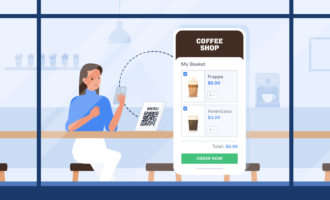













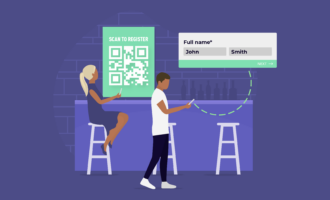









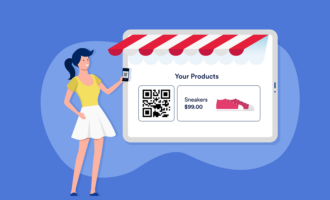


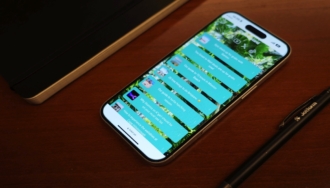




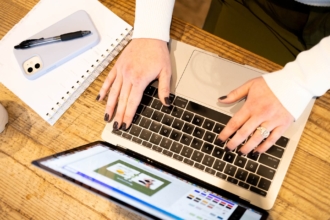






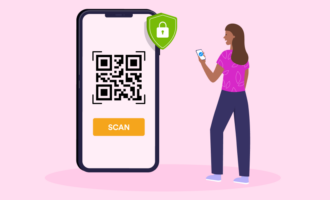




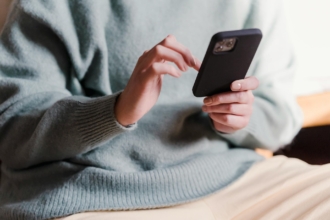









Send Comment: